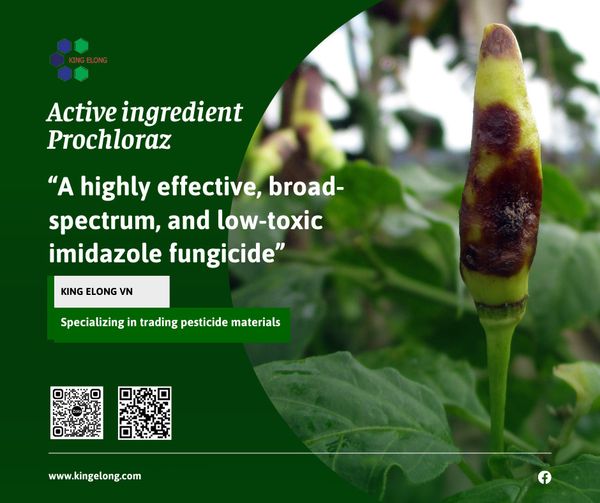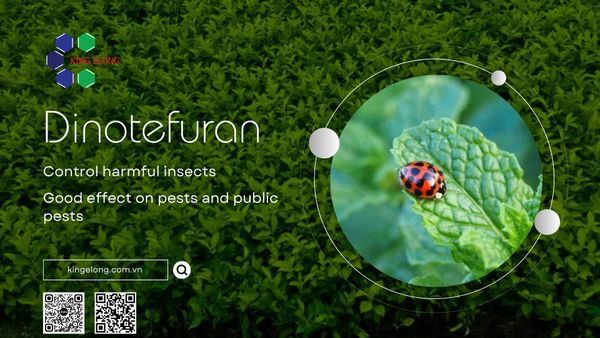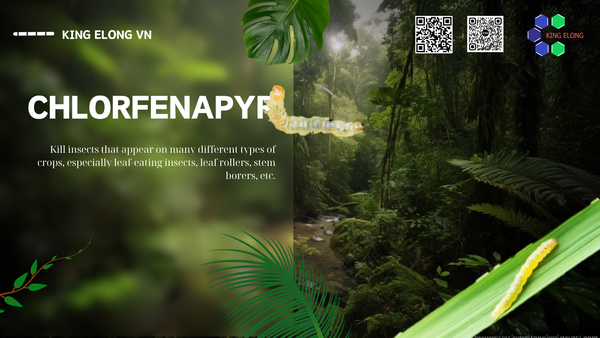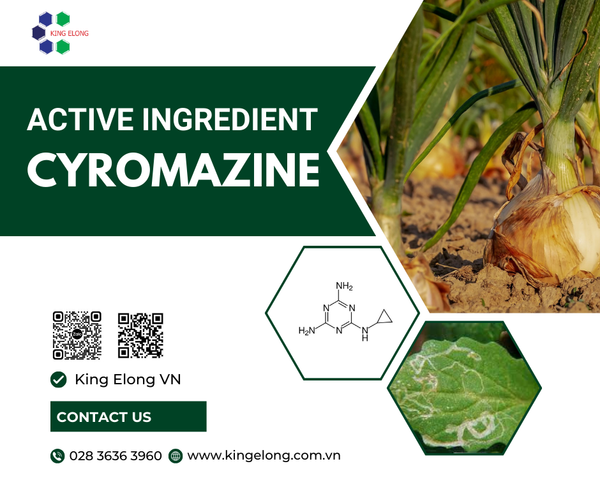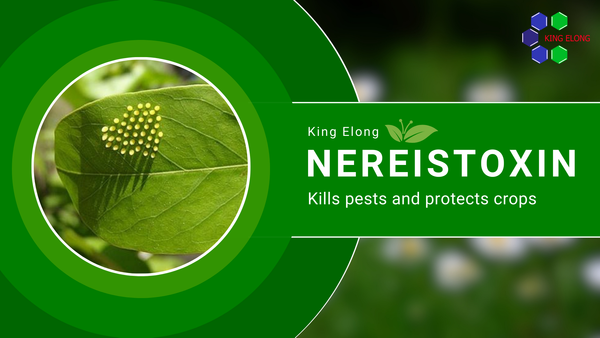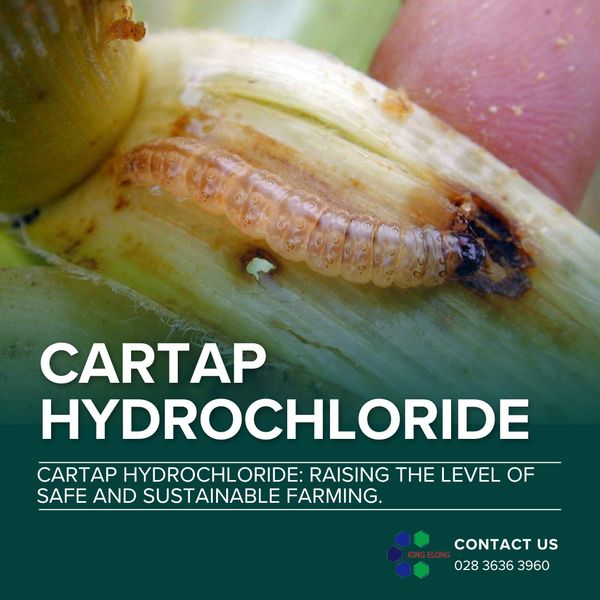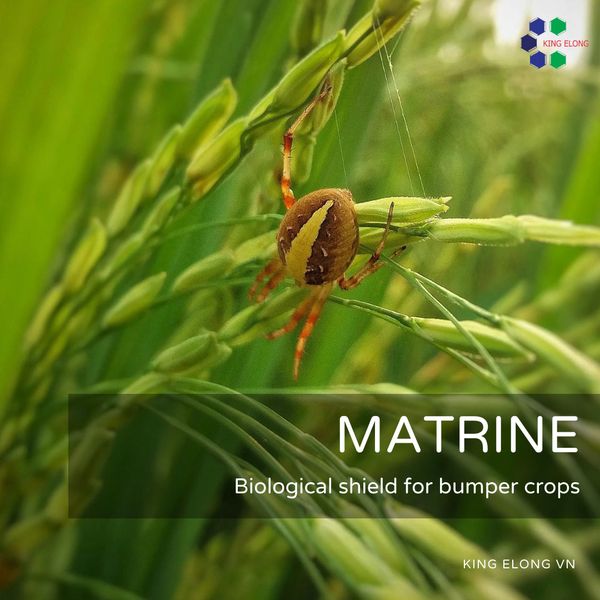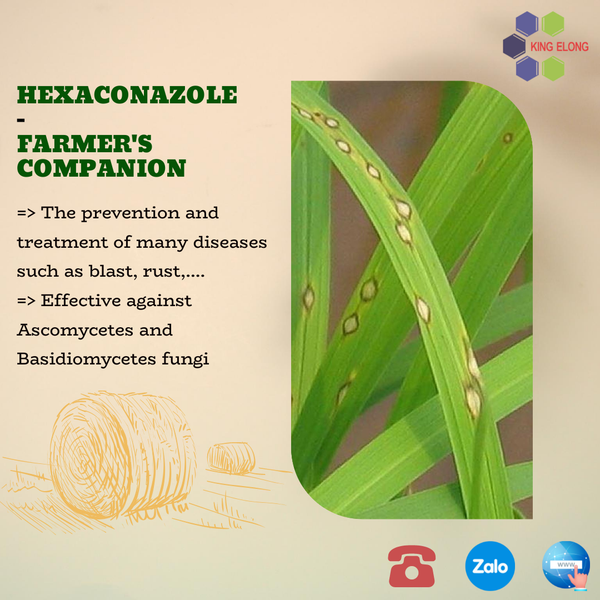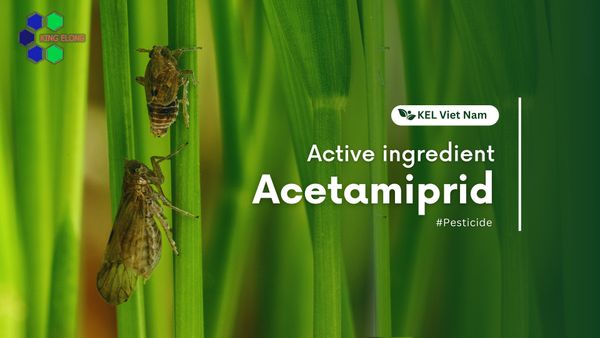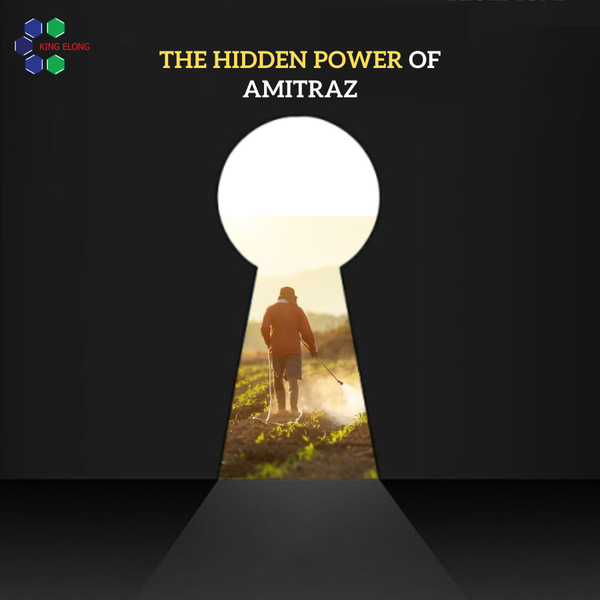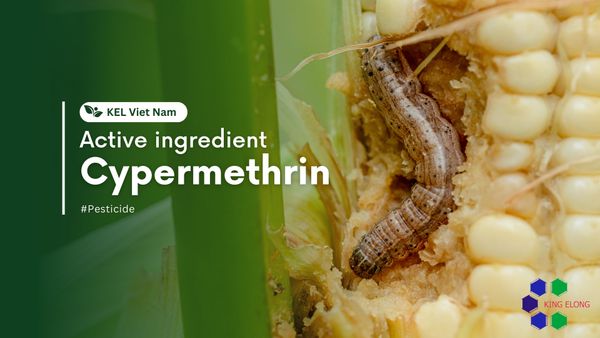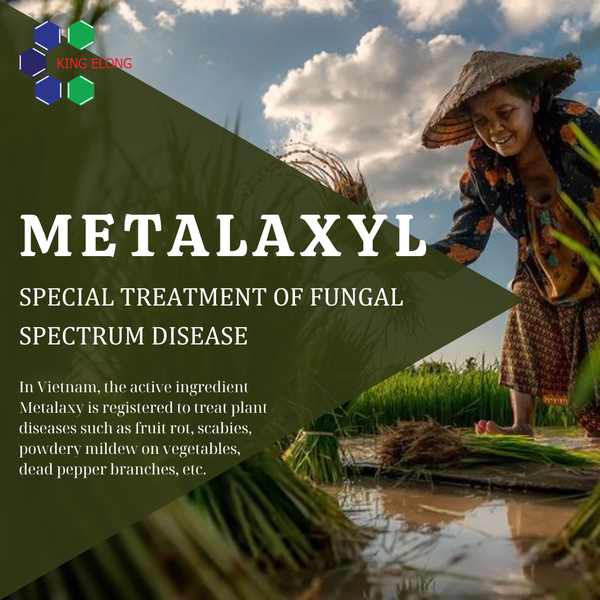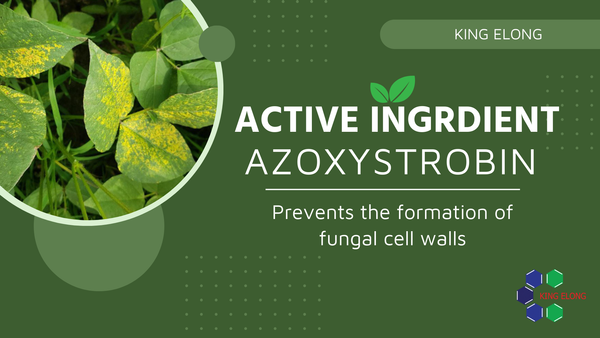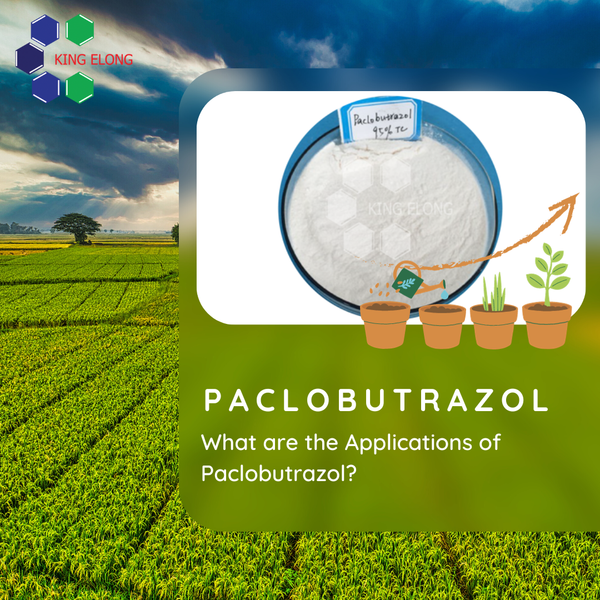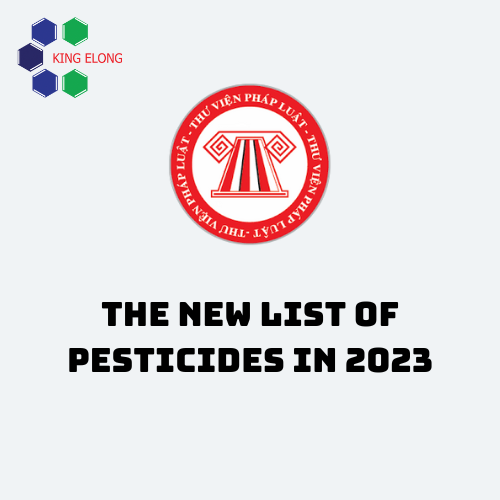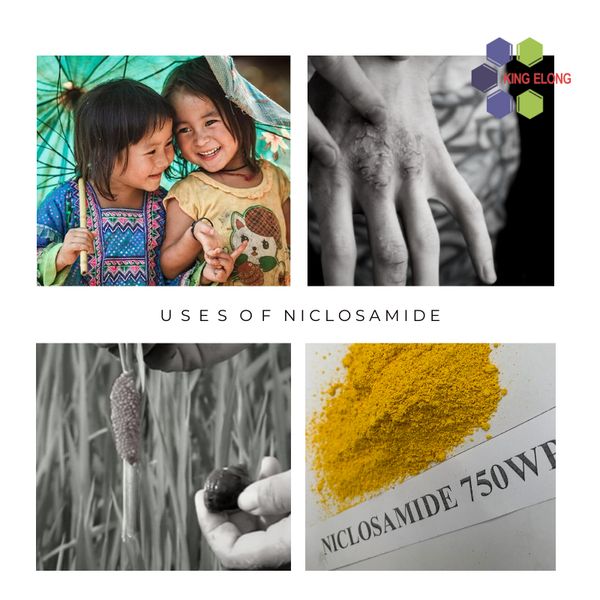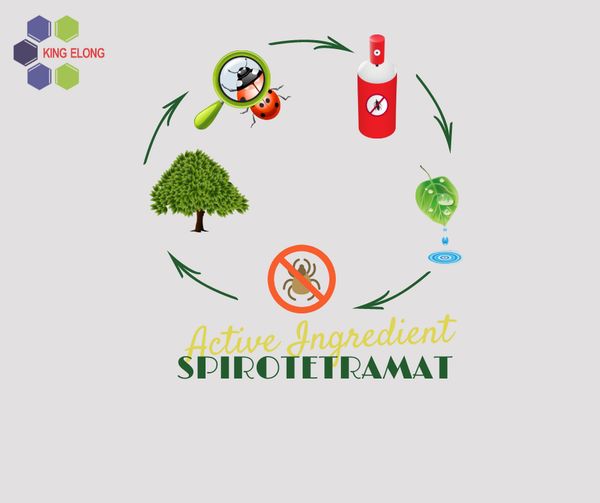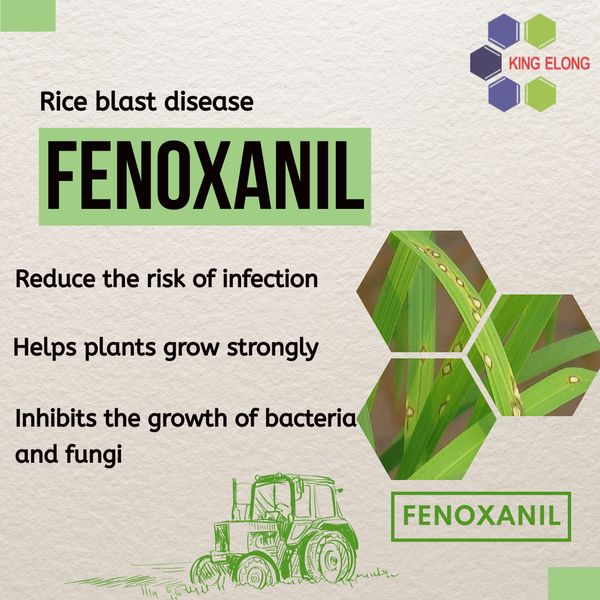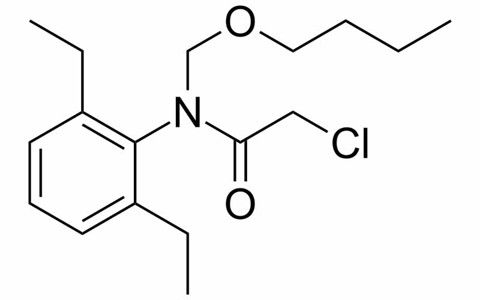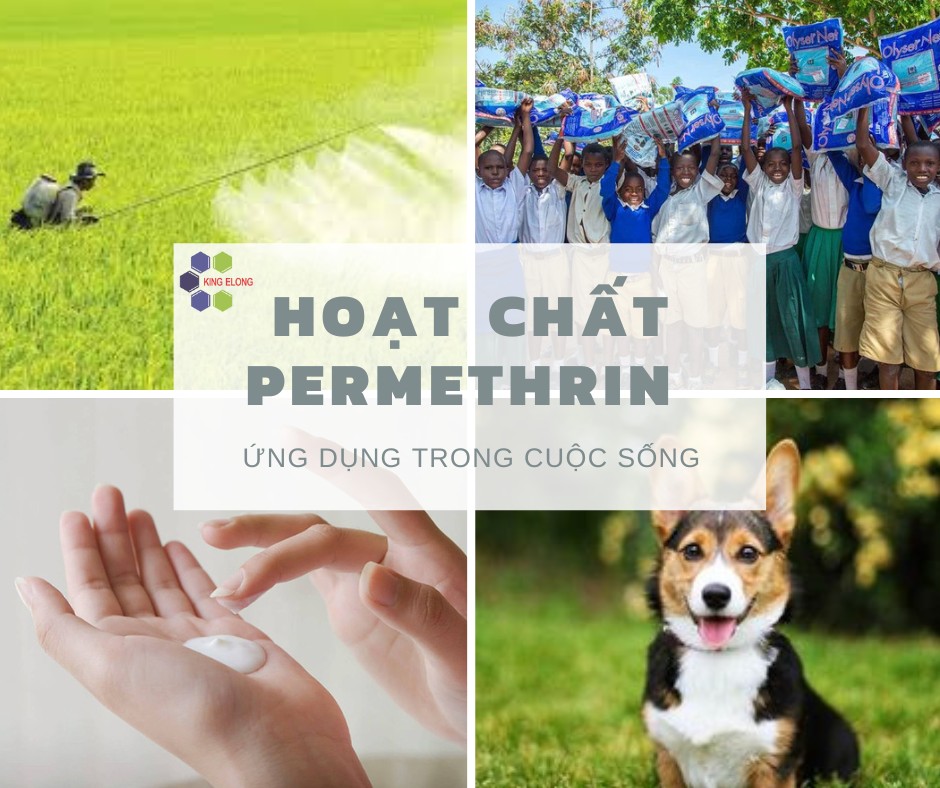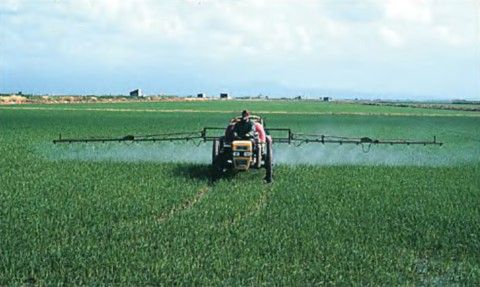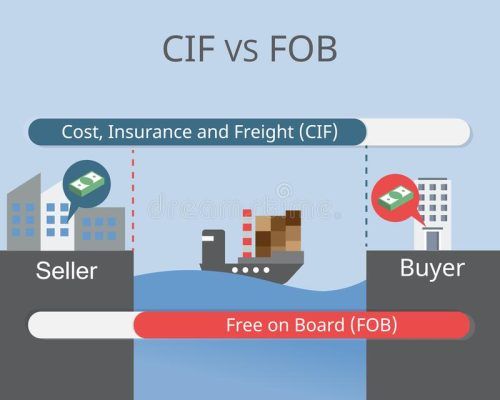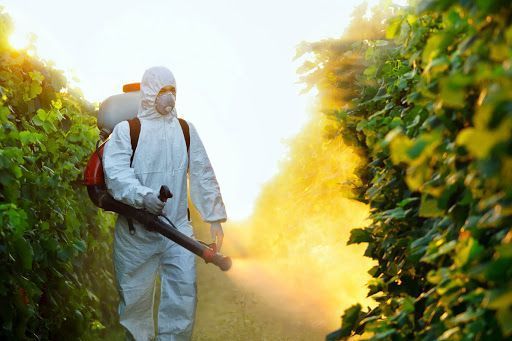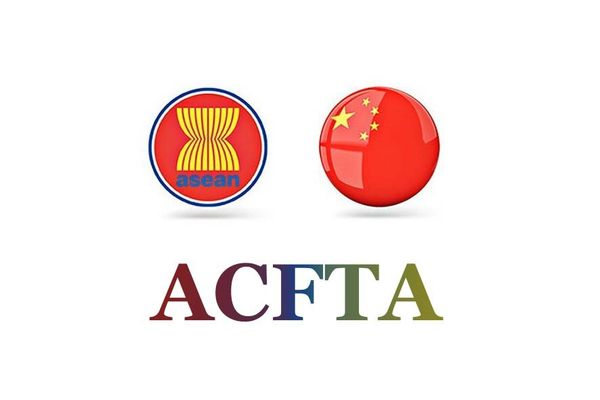Introduction:Propargite was first registered in the United States in 1969 for control of mites on a variety of field, fruit, and vegetable crops, as well as ornamental. It is manufactured by Uniroyal Chemical.Propargite is an organic sulfuric insecticide, with a...
Prochloraz: A Broad-Spectrum Imidazole Fungicide for Crop ProtectionProchloraz is a highly effective, broad-spectrum, and low-toxic imidazole fungicide. It is widely used in the prevention and control of various diseases in cereals, vegetables, and other economically important crops.Mechanism of ActionSimilar to...
1. IntroductionThe active ingredient Dinotefuran is an insecticide of the neonicotinoid class developed by Mitsui Chemicals company to control harmful insects such as aphids, whiteflies, fleas, brown planthoppers, flies, white grubs, ladybugs, beetles hard, fleas, and can kill insects such...
Thiamethoxam is a neonicotinoid insecticide that mimics the structure of nicotine. Nicotine was identified and used as an insecticide and rodenticide in the early 1600s. This active ingredient is highly effective in killing a variety of insects that are harmful...
Origin:Buprofezin is a new generation selective insecticide developed by a Japanese pesticide company. It belongs to the group of insect growth regulators (IGRs) with the chemical formula C16H23N3OS.Mechanism of Action:Buprofezin disrupts insect development by inhibiting chitin synthesis, a crucial component...
The origin of Chlorfenapyr:Chlorfenapyr was synthesized by a Belgian scientist in 1942. Since 1955, Chlorfenapyr has been used in agriculture and pest control for households such as ants, cockroaches, crickets, fleas, and termites. By the 2000s, Chlorfenapyr was developed by...
Cyromazine belongs to the triazine family of insecticides and is derived from melamine. However, while most triazines are herbicides, cyromazine is an insect growth regulator (IGR). It is used to control insects and mites.How does Cyromazine work?Although its exact mechanism...
The active ingredient Nereistoxin (Thiosultap-Sodium - chemical formula C5H13NO6S4) was isolated in 1934 from Lumbriconereis heteropoda by researchers in Takeda, Japan. This is a pesticide used to control somes types of chewing and sucking insects on rice, vegetables and fruit...
Cartap Hydrochloride is an insecticide commonly used in rice farming in Vietnam, especially in the Mekong Delta. Cartap Hydrochloride is an analogue of Nereistoxin, a neurotoxin originally isolated from the annelid Lumbriconereis Heteropoda.This ingredient belongs to the Carbamate group, which...
The exploration of the tremendous potential of Brassinolide has opened up a new avenue in research and application in the field of agriculture. Brassinolide, a bioavailable hormone, is recognized as a crucial factor in plant growth. Beginning in the 1930s,...
Matrine is a valuable alkaloid extracted from the roots, stems, and fruits of the legume Sophora flavescens, typically gentian. This active ingredient stands out for its ability to effectively prevent many types of worms, spiders, leafhoppers, and aphids... and is...
Perhaps people are too familiar with the Hexaconazole 5SC product line, a broad-spectrum fungicide that specifically treats many rice diseases such as rice blast, grain blemish, premature yellowing of leaves, etc. Let’s join King Elong to learn about the active...
Physical and chemical properties:CAS No: 111991-09-4IUPAC: 2-[(4,6-dimethoxypyrimidin-2-yl)carbamoylsulfamoyl]- N , N -dimethylpyridine-3-carboxamitAppearance: white solid or colorless crystalsMolecular formular: C15H18N6O6SMolecular weight: 410.4 g/molDensity: 1.4126g/cm3Melting point: 169 - 172 °CBoiling point: 333.8 °CToxicity: according to GHS standards, group 5, according to WHO standards,...
🌿Acetamiprid is a neonicotinoid insecticide used to control a variety of pests and diseases on plants.This active ingredient is a special ingredient for treating aphids and bugs, killing many types of sucking pests, from eggs, larvae, baby worns to adults....
In early 1969, Amitraz was acquired by Boots Co. Researched and created in England. Initially, Amitraz was discovered to have the effect of repelling insects, then was researched and developed on many other subjects to protect crops, protect livestock, and...
What is Cypermethrin?As a synthetic pyrethroid insecticide, Cypermethrin is commonly used to control a variety of insects in households, commercial properties, and agriculture.According to statistics on the list of pesticides allowed to circulate in Vietnam in 2023, there are nearly...
👉 What is Metalaxyl:- Metalaxyl was first synthesized in 1979 in the United States and gradually became a popular effective fungicide to treat fungal diseases on plants.- Metalaxyl belongs to the alanine (acylalanine) group has strong internal absorption and drainage...
Origin of AzoxystrobinIn the 1960s and 1970s, Azoxystrobin was discovered by scientists from ICI (now Syngenta) during research on Oudemansiella mucida and Strobilurus tenacellus, which are small white or brown mushrooms commonly found in European forests. They attract scientists with...
Active ingredient name: DifenoconazoleFormula: C19H17Cl2N3O3Chemical name: 1 – [[2- [2-chloro-4- (4-chlorophenoxy) phenyl] -4-methyl-1,3-dioxolan-2-yl] methyl] -1,2,4-triazoleChemical property Technical pesticide in white crystalline form, soluble in acetone, toluene, and ethylic. Flashpoint > 63°C.Toxic group III, oral LD50 1,453 mg/kg, dermal LD50 2,010...
1) WHAT IS PACLOBUTRAZOL?It is a chemical compound consisting of a triazole ring and a benzene-chloro ring linking to an open carbon chain, used to regulate growth in plants by inhibiting gibberellin synthesis.2) USES OF PACLOBUTRAZOLPaclobutrazol is effective on most...
Deputy Minister of Agriculture and Rural Development has just signed Circular No. 09-2023 on the list of pesticides permitted for use in Vietnam and the list of pesticides banned for use in Vietnam. This circular replaces circular No. 19-2022 and is...
Niclosamide was discovered in 1958. At that time, Niclosamide was sold under the name Niclocide and used to effectively treat tapeworm infections. This active ingredient was then included on the list of essential drugs for disease prevention by the World...
The spirotetramat patent is owned by Bayer CropScience AG. It was launched in 2007 and officially introduced in the US in 2008.Spirotetramat is a tetramic acid derivative that belongs to the keto-enol group and is one of the modern insecticides...
In conditions of continuous cultivation of many crops per year and little change in farming methods, more and more pathogens remain in soil, water, and air, often causing harm to vegetables and fruits. Diseases are common in most parts of...
Rice blast disease is not only a very familiar epidemic but also one of the dangerous epidemics that significantly affect the productivity and quality of crops. Rice blast disease is caused by the fungus Pyricularia oryzae which attacks leaves, stems,...
Herbicides are one type of the pesticides that have appeared for a long time and continue to be widely used until nowadays. Among them, Butachlor is popularly applied because it is known as one of the most optimal herbicide-active ingredients.Butachlor...
Copper is no longer a strange disease-prevention pesticide for farmers. However, whether copper has been correctly understood and researched or not, let's find out with King Elong through the following article. Origin: In 1882, Millardet in France sprayed a green-white mixture...
In 1973, the active ingredient Permethrin was discovered sold in pharmacies in the US, then was first registered with the UNITED STATES ENVIRONMENTAL PROTECTION AGENCY (U.S. EPA) in 1979 and re-registered in 2006. Permethrin is a synthetic active ingredient of...
FMC Corporation and Syngenta commercialize Tetflupyrrolim herbicide technology in Asia to revolutionize weed control in rice.The new active ingredient Tetflupyrolimet, discovered and developed by FMC with support from Syngenta for the development in rice, marks the first major herbicide with...
Surely the majority of all foreign trade contracts mention Incoterms, and there will be questions from "newcomers": "So what is it?", "Is it regularly updated with the rapid progress of International Maritime and Trade? “Is it really necessary for Foreign...
Have you ever encountered terms or questions like "Do you use service “Nom” or “Freehand” good?"For us, the first time we met and interacted with these terms, we wondered "What are they saying to us?". Of course, after that, we...
In international import-export-trading activities, Incoterms are standardized international trade terms widely recognized and used by many countries and territories around the world, including the two most commonly used terms FOB and CIF in Incoterms 2020.So what is FOB? What is...
As you know, the need to transport goods in import and export is a global economic development industry. Nowadays, with a variety of different types of goods and sizes, containers are considered the leading transportation tool, especially in sea transport...
In an agricultural country like Vietnam, pesticides are an indispensable product. However, the use of pesticides must be of the right type and correct way, otherwise, it will cause serious effects on the environment. Those of you who follow King...
When it comes to C/O, everyone knows its importance, because it not only helps businesses prove the origin of goods to state agencies but also helps them receive tax exemptions and reductions.Every business wants to minimize the cost of goods...
What is the local charge usually shown in the arrival notice? And what does it mean in reality? For shipments imported by sea, many Consignees, upon receiving the Arrival notice (A/N), are startled to learn that in addition to sea freight,...
Operating in the field of import-export & forwarding, in the case of import-export shipments transported by sea, the shipper will be issued a type of document, which can be considered a receipt of goods, evidence of legal compliance. Transport contract...


